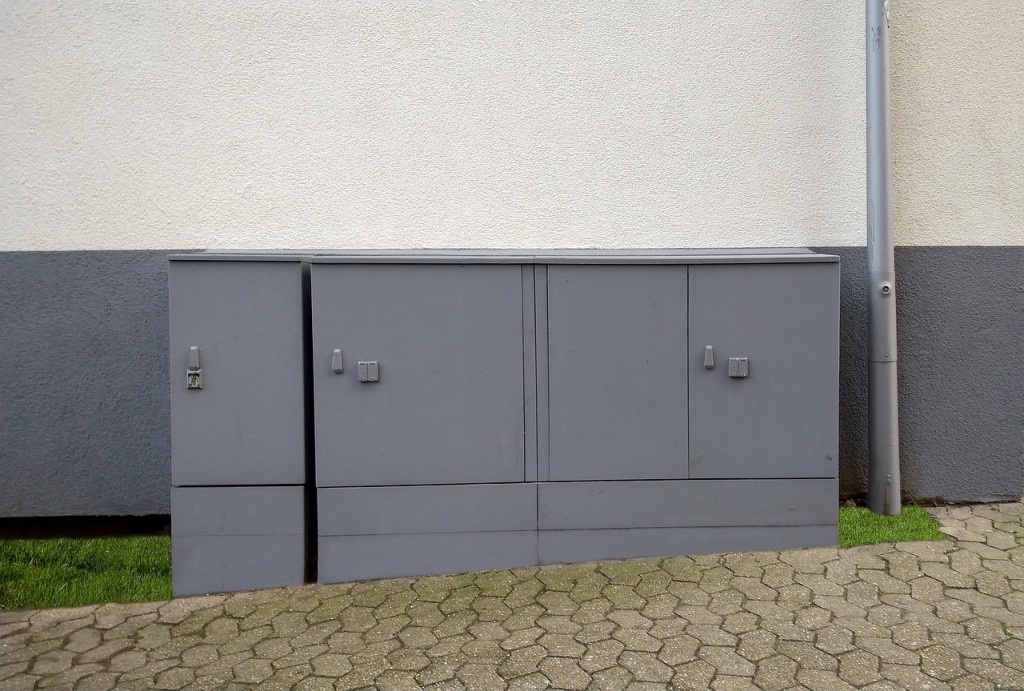
In today’s rapidly evolving world, the demand for reliable and efficient electricity is at an all-time high. Power distribution systems play a critical role in modern building infrastructure, ensuring the continuous electricity supply for various electrical devices and equipment. These systems not only provide power but also contribute to the safety and security of the building. This article explores the significance of building power distribution in shaping a brighter, more energy-efficient future.
Components of Power Distribution Systems
A building’s end users are supplied with electricity from the primary grid, employing power distribution systems comprising many crucial components. Transformers, switchgear, distribution panels, and circuit breakers are a few examples of these components. Transformers modify voltage levels to meet the requirements of various equipment and systems inside a structure. Switchgear aids in isolating, controlling, and protecting electrical equipment, ensuring safe and effective power distribution. Circuit breakers and other protective devices guard against electrical faults and overloads, preventing possible risks and equipment damage, while distribution panels divide electrical power into subordinate circuits.
Functionality of Power Distribution Systems in Buildings
Any modern structure must have a well-designed power distribution system to operate efficiently. It offers a consistent and dependable energy supply, enabling the proper operation of numerous electrical tools and equipment, including lighting, heating, ventilation, air conditioning, elevators, and security systems. Power distribution systems also include safety features that reduce the possibility of electrical fires, equipment damage, and other hazards; thus, they guarantee the safety and security of a structure.
Energy Efficiency and Power Distribution Systems
Power distribution system design and operation increasingly take energy efficiency into account. These systems can optimize energy consumption and lower costs by providing efficient load balancing and management. The sustainability of a building’s power supply can be further improved by incorporating renewable energy sources like solar and wind power. A building’s power distribution can be made much more efficient by implementing energy-saving techniques and innovative technology, such as intelligent power management systems and energy-efficient lighting.
Design Considerations for Power Distribution Systems
It takes extensive planning and consideration to create a power distribution system that is reliable and efficient. Compliance with safety standards and laws, such as those established by the International Electrotechnical Commission (IEC) and the National Electrical Code (NEC), is crucial. By following these recommendations, designers can guarantee the safety of electrical equipment and building inhabitants.
The power distribution system’s flexibility and scalability should also be considered. The electrical requirements of buildings may alter as they develop and grow, necessitating modifications to the power distribution system. Building owners and operators can more quickly adapt to new technologies and rising power demands by designing systems with future expansion in mind.
Case Studies: Successful Power Distribution Systems in Building Infrastructure
Some noteworthy examples illustrate the potential of well-designed power distribution systems in building infrastructure. Renewable energy sources integrated into green structures, including solar and wind turbines, highlight the advantages of sustainable power generation. Smart buildings that use cutting-edge power management tools, such as intelligent lighting controls and real-time energy monitoring, are an excellent example of how current power distribution systems may be used to maximize energy efficiency. Additionally, retrofit projects that include more energy-efficient components, including LED lights and variable frequency drives, emphasize modernizing outdated power distribution networks.
Conclusion
In conclusion, power distribution systems are crucial and varied in modern buildings. These systems enable numerous electrical devices and equipment operations by delivering a dependable and continuous electricity supply, improving the building’s safety, security, and energy efficiency. Innovative power distribution strategies have the potential to pave the way for a better, more sustainable future for building infrastructure and urban growth as technology develops. Architects, engineers, and building operators may design and operate energy-efficient, flexible, and safe buildings while also meeting the constantly changing needs of contemporary society by adopting these innovations.
The infrastructure sustaining our cities and towns must be created with an eye toward sustainability and resilience as urban populations rise and the world becomes more linked. Power distribution systems are essential to this infrastructure, so it is important to approach their design and deployment carefully and strategically. Professionals in the sector may contribute to ensuring that our buildings and communities are powered effectively and ready to adapt and thrive in an uncertain future by keeping up with the most recent technical breakthroughs, industry best practices, and regulatory regulations.